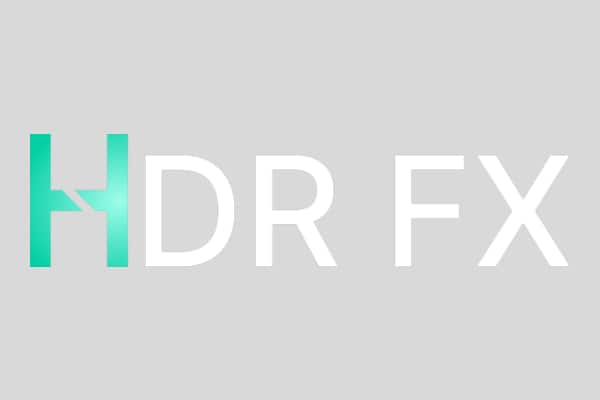In addition to the wealth of options for creating text to enhance your photos, PaintShop Pro also makes it easy to align text to a path. In this tutorial, you will see two ways to align text:
- Align existing text to follow a vector path
- Create new text that automatically aligns to a vector path
Before you get started, download the written tutorial and sample image to follow along. And if you’re not familiar with PaintShop Pro’s text tool, watch this tutorial on How to Add Text.
Download your FREE 30-day trial and make every shot your best shot with PaintShop Pro 2023, your all-in-one photo editing and design software.
What’s New in PaintShop Pro
Getting Started in PaintShop Pro
Working with Text
Featured products
 PaintShop Pro 2023 Ultimate
PaintShop Pro 2023 Ultimate
 AI HDR Studio 3.0
AI HDR Studio 3.0
 PaintShop Pro 2023
PaintShop Pro 2023
 Vision FX
Vision FX
Download your FREE 30-day trial and make every shot your best shot with PaintShop Pro 2023, your all-in-one photo editing and design software.


Comments (1)
Reader Interactions
Comments
Thank you so very much for an excellent tutorial, You didn’t go so fast that I couldn’t follow you and your delivery was ‘top-shelf’.